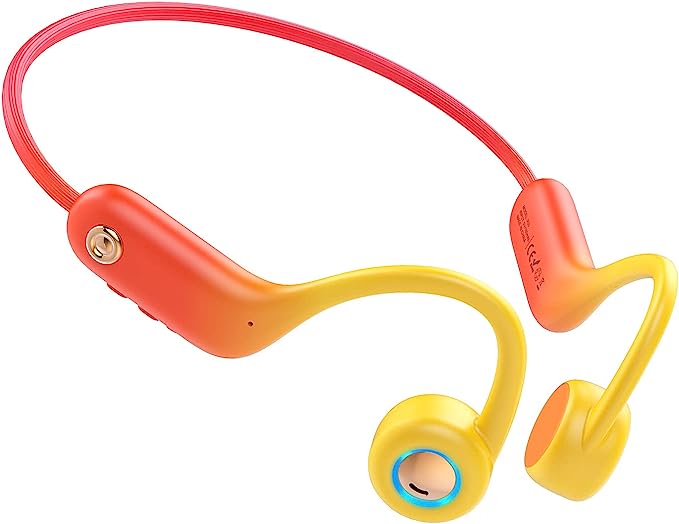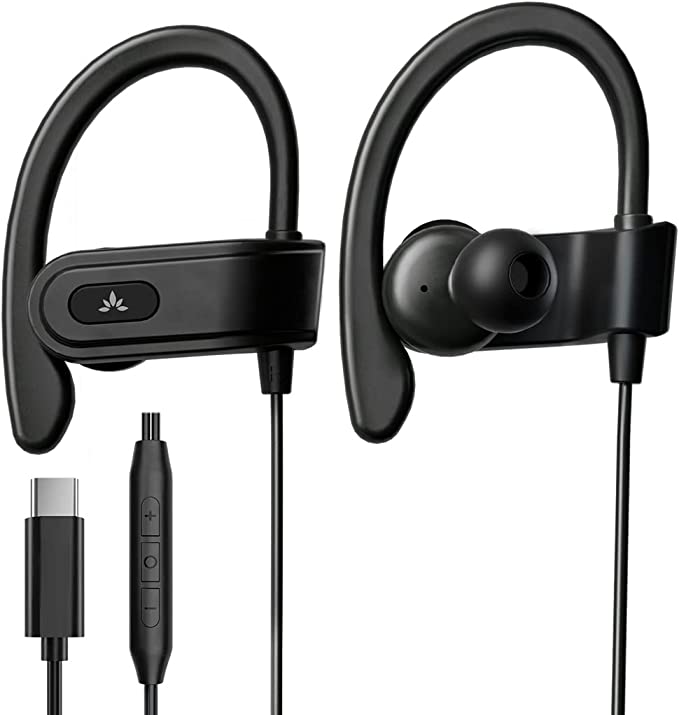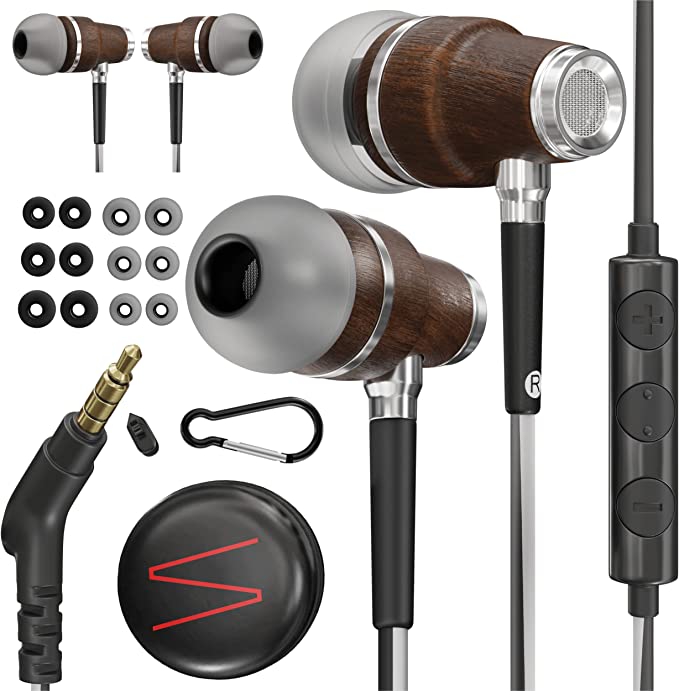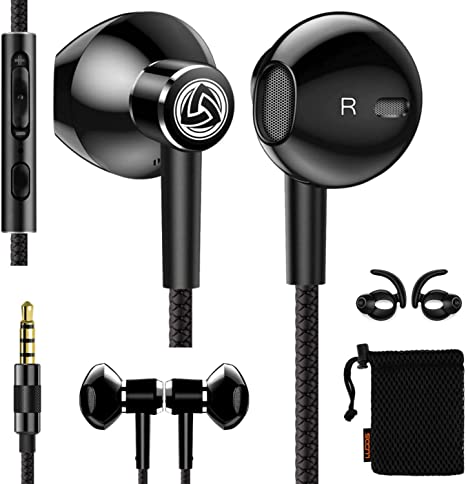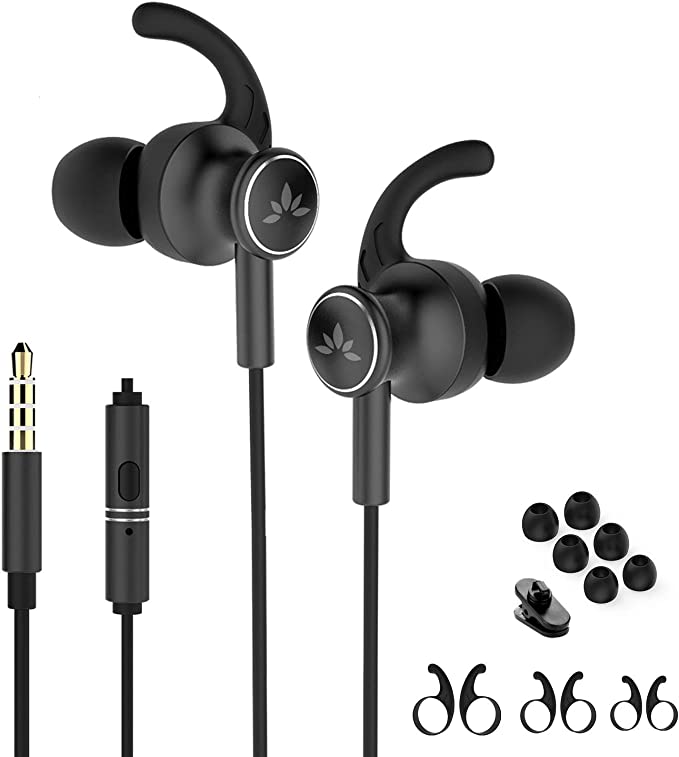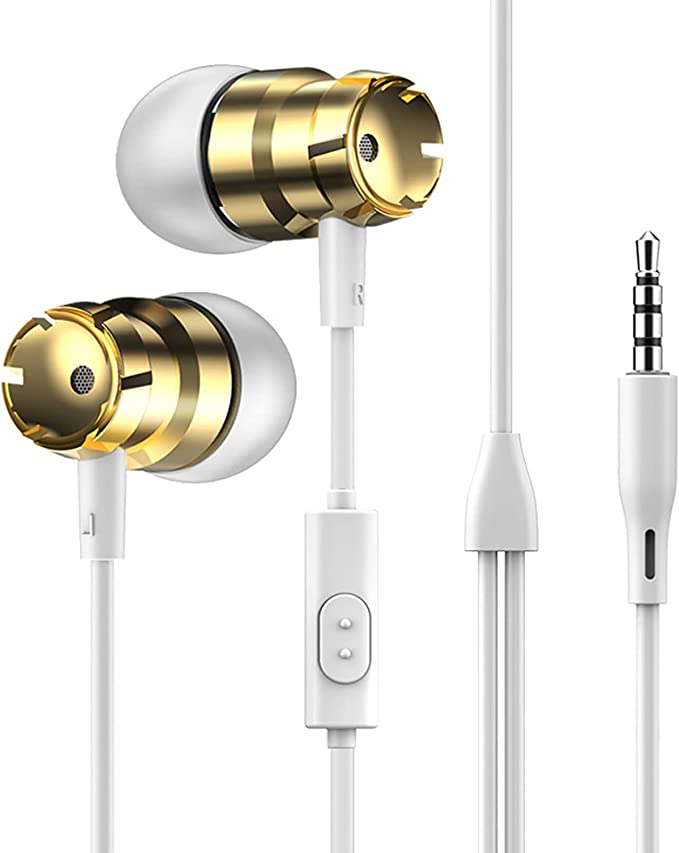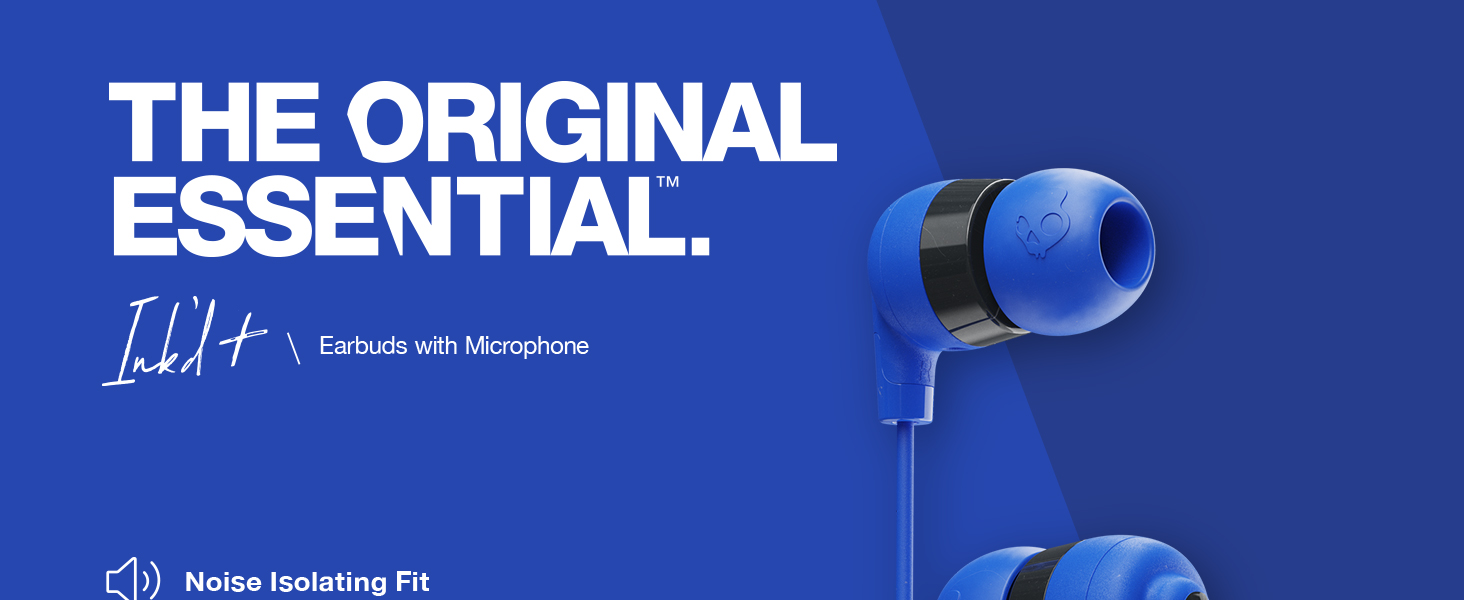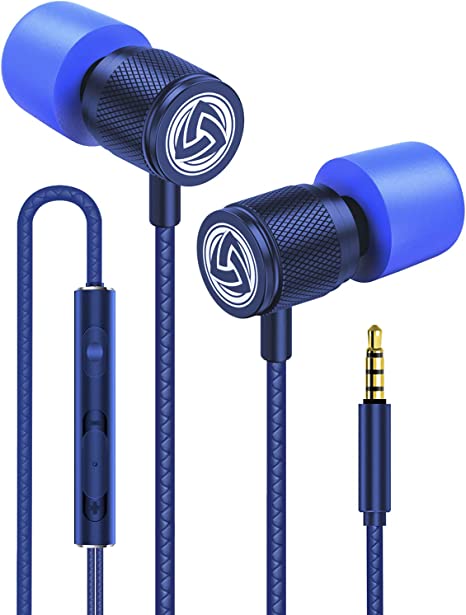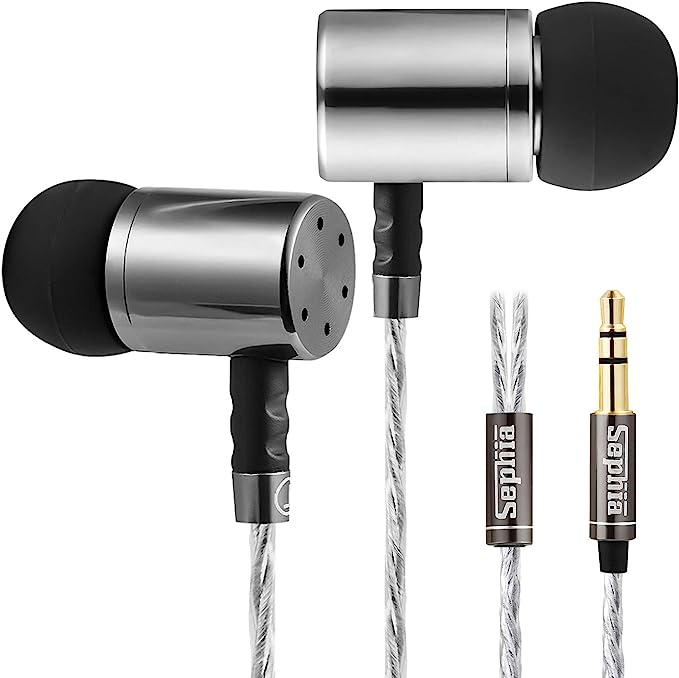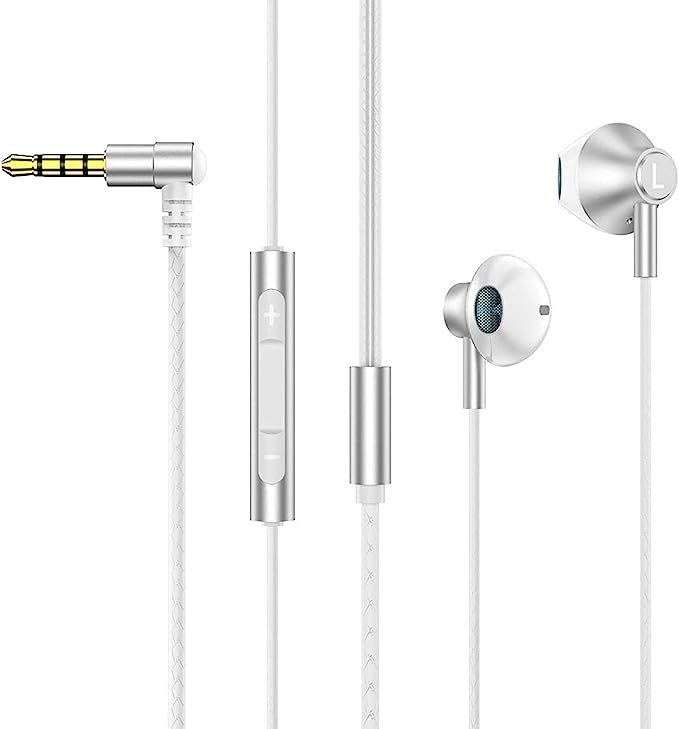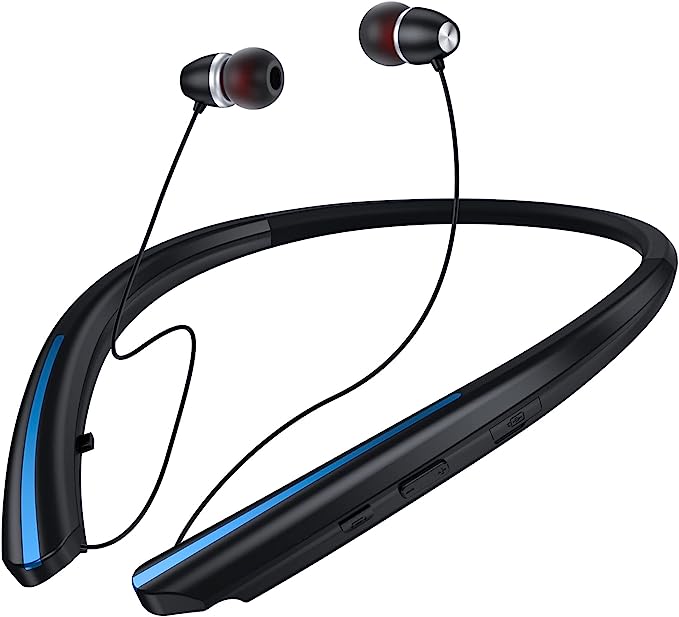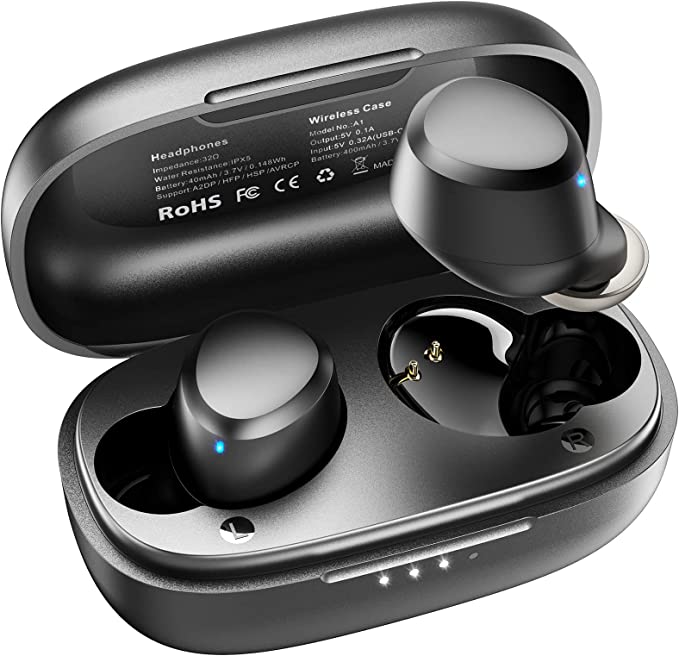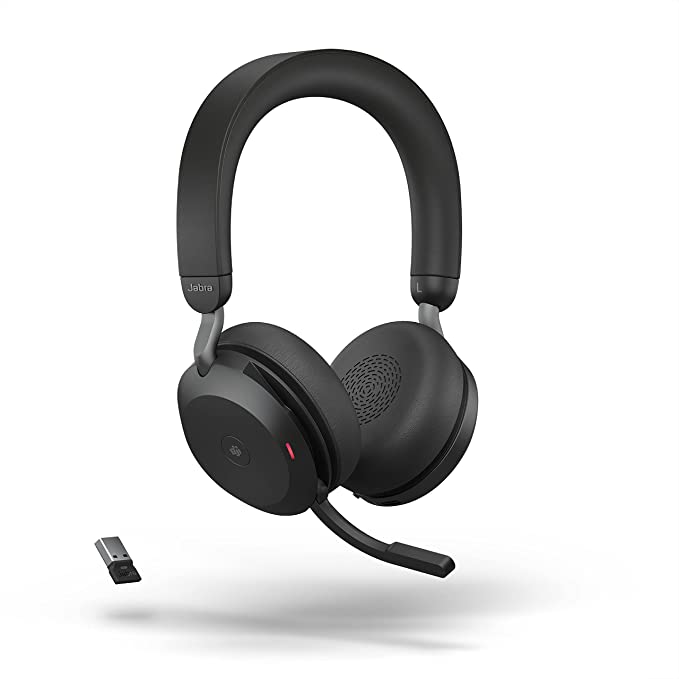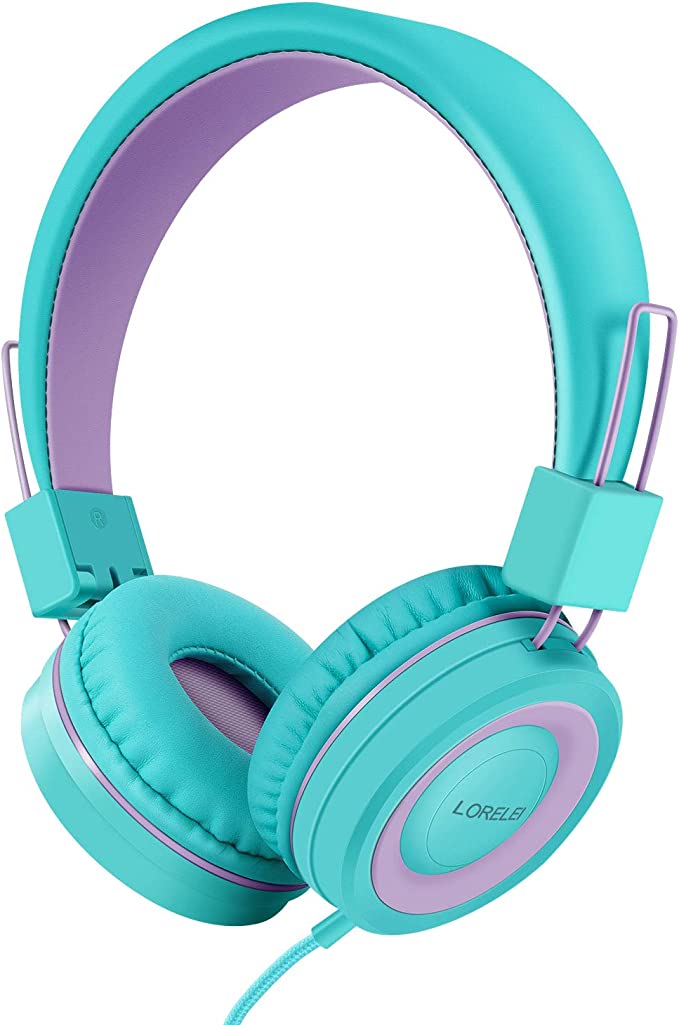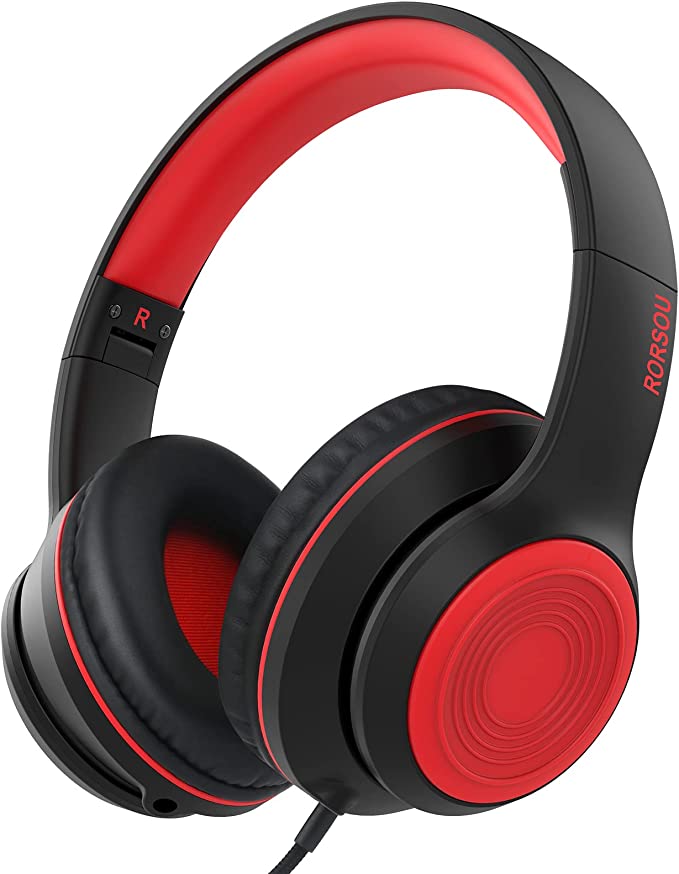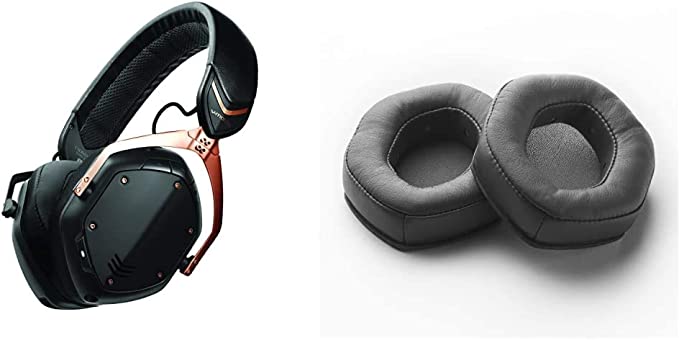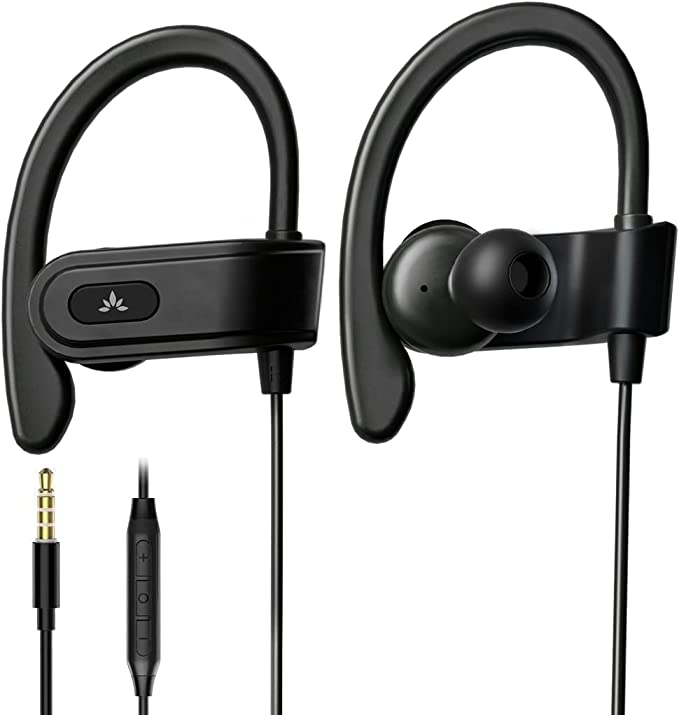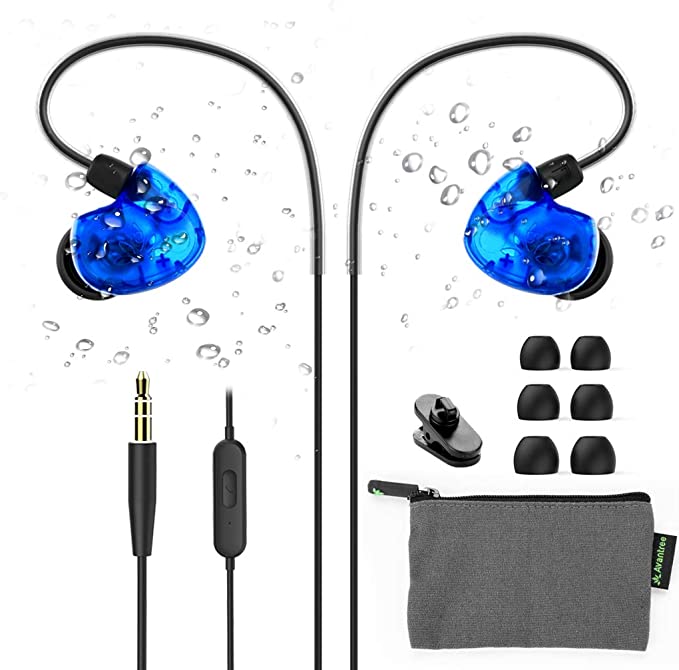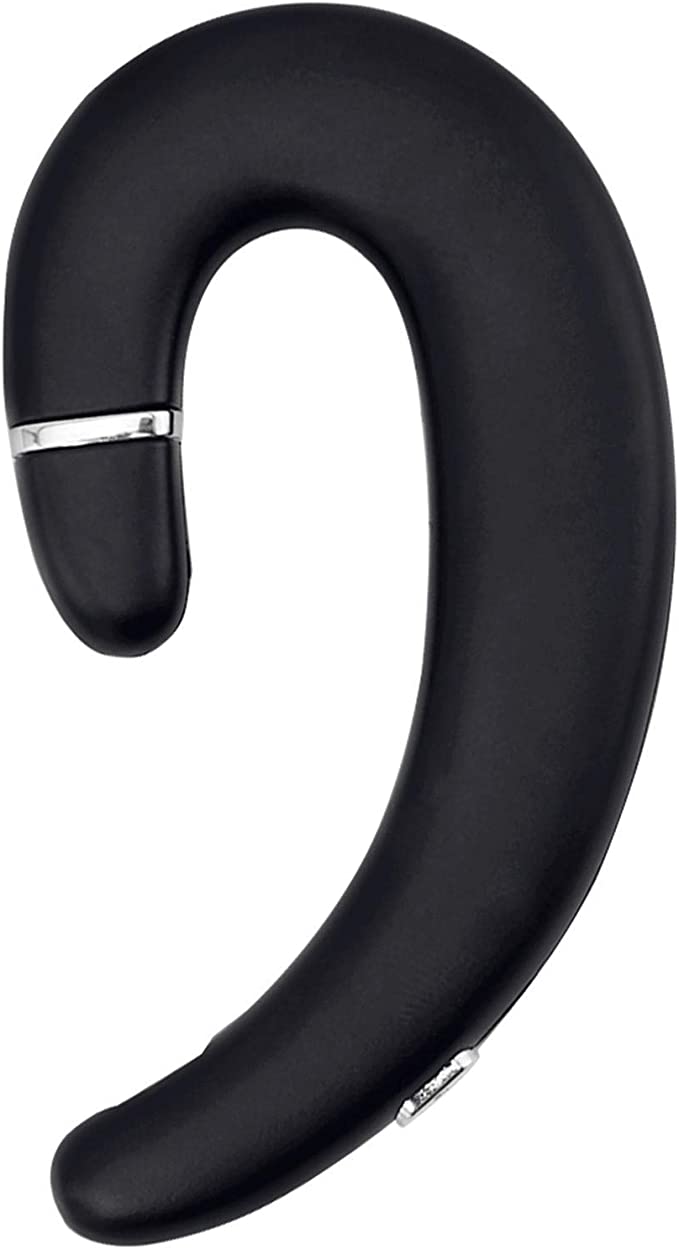JAAMIRA JR-EM390 Sports Wired Earbuds: The Ergonomic Science of Staying Put and Sounding Great During Your Most Active Moments
Update on Sept. 22, 2025, 1:31 p.m.
Picture this: you’re in the zone, heart pounding, lungs working, every muscle fiber engaged in that perfect rhythm of your morning run or intense gym session. The right music isn’t just background noise; it’s fuel, it’s a metronome, it’s the voiceधारा that pushes you one step further. But then, disaster strikes. An earbud tumbles out, breaking your stride and your focus. Or perhaps the sound is tinny, lifeless, failing to ignite that inner fire. Maybe sweat has rendered the controls unresponsive. These are the small, yet deeply frustrating, interruptions that can derail an otherwise perfect active moment.
It begs the question: in our quest for an immersive and reliable audio experience while we move, what really matters? Often, the most elegant solutions are not the most complex. This brings us to consider the humble wired sports earbud – a category that, even in an era drzewo wireless prevalence, holds its ground for very practical reasons. Today, using the JAAMIRA JR-EM390 Sports Wired Earbuds as our case study, we’ll embark on an exploratory journey into the design wisdom and scientific considerations that underpin a truly effective audio companion for the active soul.

First Movement: Echoes of Yesterday, The “Wired” Resonance of Today – A Brief History and Enduring Logic
The journey of personal audio is a fascinating arc of innovation. From the rather cumbersome, shoulder-carried headphones of the early 20th century, primarily used by radio operators, to the iconic Walkman headphones that defined a generation’s mobile music experience, and finally to the discreet in-ear monitors of today, the quest has always been for more personal, portable sound. Key milestones, like the invention of stereo headphones in the late 1950s by John C. Koss, fundamentally changed how we experience recorded audio, adding depth and spatial realism.
In the current soundscape dominated by Bluetooth and true wireless earbuds, it’s easy to dismiss wired connections as a relic of the past. Yet, for many, especially in demanding scenarios like sports, the “old-fashioned” wire offers a compelling philosophy of reliability. Think about it: no batteries to charge, no pairing issues, no unexpected signal dropouts during that crucial sprint or a critical phone call. This inherent stability, often coupled with a more straightforward path to potentially better audio fidelity at certain price points (as the budget isn’t split between audio components and wireless tech), gives wired earbuds a tenacious hold. Sports, a domain that demands unwavering performance and resilience, presents a unique set of challenges and opportunities where these wired stalwarts can truly shine.

Second Movement: A Dialogue with the Ear – The Art of Ergonomics and the Science of a Secure Fit
The human ear, a marvel of biological engineering, is surprisingly diverse in its form. Designing something to fit comfortably and securely within or around it, especially during vigorous movement, is a profound ergonomic challenge.
The Dancer’s Beam: The Mechanical Grace of the Earhook
One of the primary frustrations for active individuals is the dreaded “earbud escape.” The JAAMIRA JR-EM390 directly addresses this with its distinct over-the-ear earhook design, complemented by an earphone cord engineered to wrap 270° around the ear. This isn’t merely about “hooking” it on. Scientifically, this design leverages basic mechanical principles. The earhook acts like a cantilever, distributing the earbud’s minimal weight over a larger area of the ear’s auricle (the external part). This shifts the center of gravity and significantly increases the frictional contact, providing a stable anchor point. It’s akin to how a ballet dancer maintains perfect balance – by understanding and utilizing their body’s leverage and support. The 270° cord wrap further enhances this stability, minimizing the transfer of momentum from a bouncing cable and reducing the annoying “microphonics” or ” stethoscope effect” – that thumping sound often heard when cables rub against clothing during movement.
Imagine a parkour enthusiast fluidly navigating urban obstacles, or a CrossFit athlete powering through a high-intensity WOD. For them, an earbud that stays put isn’t a luxury; it’s a necessity for maintaining flow and safety. The JR-EM390’s design aims to provide that “set it and forget it” experience.
Custom-Tailored Comfort: Silicone Eartips and the Pursuit of a Perfect Seal
Beyond just staying in, comfort during prolonged wear is paramount. The JR-EM390 includes three sizes (S/M/L) of soft, high-quality silicone eartips. This acknowledgment of individual anatomical variation is crucial. A proper seal between the eartip and the ear canal serves multiple purposes:
- Physical Stability: A snug fit naturally contributes to keeping the earbuds in place.
- Acoustic Performance: It creates a closed acoustic chamber, which is vital for optimal bass response and overall sound richness. Think of it like a well-sealed speaker enclosure.
- Passive Noise Isolation: It forms a physical barrier against external sounds, a concept we’ll explore further.
Silicone, as a material, is an excellent choice here. Its inherent elasticity allows it to conform to the unique contours of each ear canal, distributing pressure evenly and reducing a_soreness. It’s also generally hypoallergenic and relatively inert, making it suitable for prolonged skin contact, even when mixed with sweat. The goal is an almost imperceptible presence, allowing the listener to be fully immersed in their audio and activity.

Third Movement: Making Every Note Dance – Acoustic Wizardry and the Legend of the Dynamic Driver
The challenge for any earbud is to reproduce the vast spectrum of audible sound – from the deepest bass rumbles to the most delicate cymbal shimmer – within a minuscule enclosure.
The Heart of Sound: The “Electro-Acoustic” Concert of the Dynamic Driver
At the core of the JAAMIRA JR-EM390’s sound reproduction is the classic Moving-coil loudspeaker, more commonly known as a dynamic driver. This is the workhorse of the audio world, and for good reason. Its operation is a beautiful interplay of electricity and magnetism:
- An audio signal (electrical current) flows from your device to a finely wound voice coil attached to a diaphragm (a thin, semi-rigid membrane).
- This coil is suspended within a permanent magnetic field.
- As the electrical current fluctuates with the audio signal, it creates a varying electromagnetic field around the voice coil. This interaction with the permanent magnet causes the coil, and thus the diaphragm, to vibrate rapidly back and forth.
- These vibrations displace air, creating pressure waves that our ears perceive as sound.
The JR-EM390 employs a Composite diaphragm. The term “composite” here is key. A single material rarely possesses all the ideal qualities for a diaphragm – namely, extreme lightness (for quick response to high frequencies), high rigidity (to prevent distortion at high volumes or during complex passages), and good internal damping (to stop vibrating immediately when the signal stops, preventing “smearing” of sound). Composite diaphragms, therefore, are engineered by combining different materials (e.g., layers of polymers like PEEK or PEN, sometimes with metallic coatings) to achieve a more optimal balance of these properties across the frequency spectrum. The aim is a faithful, dynamic, and clear sound reproduction.
The product description also mentions a “Real copper ring high-pressure diaphragm.” While “high-pressure diaphragm” likely refers to a manufacturing process for shaping the diaphragm, the inclusion of a “real copper ring” is intriguing from an acoustic perspective. Copper is an excellent electrical conductor and also has good damping characteristics. In driver design, copper rings or elements can sometimes be used to:
- Reduce eddy currents in the magnetic system: This can lead to lower distortion and a more linear driver performance.
- Act as a shorting ring (Faraday ring): This can extend high-frequency response and reduce inductance modulation, again lowering distortion.
- Influence a_acoustic_tuning: Potentially damping unwanted resonances within the driver assembly or influencing the bass character.
Without more specific technical documentation, it’s reasonable to infer that JAAMIRA intends this copper element to contribute positively to sound clarity and perhaps bass control, aligning with their claim of “eliminating interference” and providing “surging power for bass.”
Crafting the Soundstage: The Immersive Realm of Stereo
Finally, the stereo sound effect is fundamental to modern audio. By delivering slightly different audio information to each ear (as most music is recorded and mixed), stereo sound creates an illusion of a three-dimensional soundstage. It allows us to perceive the placement of instruments and voices in space, making the listening experience far more engaging and realistic than monophonic sound. For an athlete, this can translate to a more immersive and motivating musical backdrop.

Fourth Movement: Shielding the Sanctum – The Wisdom of Physical Sound Isolation
The world around us is rarely silent. Whether it’s the clatter of weights in a gym, the rumble of city traffic, or the chatter of nearby conversations, these ambient sounds can easily intrude upon our listening experience.
The Quiet Moat: The Art of Passive Noise Isolation
The JAAMIRA JR-EM390, like many in-ear headphones, relies on passive noise isolation (also known as sound attenuation). This is fundamentally different from Active Noise Cancellation (ANC), which uses microphones and electronics to generate “anti-noise” to cancel out external sounds. Passive isolation is simpler, yet often very effective, especially for higher-frequency noises. It works by creating a physical barrier that blocks sound waves from entering the ear canal.
The effectiveness of passive isolation hinges almost entirely on the quality of the seal provided by the eartips. As discussed earlier, the JR-EM390’s silicone eartips, when correctly sized and inserted, conform to the ear canal, much like a traditional earplug. This snug fit significantly reduces the amount of ambient sound that can leak in. The product information mentions a design using “soft skin-friendly silicone on the outside of the earplug” and “hard silicone…used inside.” This dual-density approach could be strategic:
- The soft exterior would be responsible for creating that adaptive, comfortable seal against the ear canal.
- The harder interior might provide structural support to the eartip, ensuring it maintains its shape and directs sound efficiently into the ear, potentially also preventing the eartip from collapsing too easily within the ear canal.
For someone trying to focus on a podcast during a commute or maintain concentration with a motivating playlist in a bustling gym, this physical barrier can make a world of difference, allowing for lower listening volumes and a more immersive experience without the added cost or battery drain of ANC.

Fifth Movement: Fingertip Control, Unhindered Conversation – The Convenience of Command and Clarity of Voice
In the midst of an activity, fumbling with a smartphone to change tracks, adjust volume, or answer a call is not just inconvenient but can also be unsafe.
Command at Your Fingertips: The Simple Magic of In-Line Controls
The JR-EM390 incorporates an in-line remote with a built-in microphone and multi-function buttons. This small module, typically positioned ergonomically along one of the earphone cables, brings essential controls within easy reach. The buttons for play/pause, volume up/down, track skipping, and call answer/end operate on straightforward electrical principles. Pressing a button completes a specific circuit, sending a distinct signal (often by momentarily changing electrical resistance in a defined way) to the connected device, which then interprets this signal as the corresponding command. It’s a beautifully simple and reliable system.
Clear Exchanges: The Science of Capturing Voice on the Go
The built-in microphone is crucial for hands-free calls. Modern earbud microphones are typically tiny MEMS (MicroElectroMechanical Systems) components. These convert the acoustic pressure waves of your voice into an electrical signal with remarkable efficiency for their size. For a sports earbud, microphone placement and design are important. Ideally, it should be positioned to pick up the user’s voice clearly while minimizing noise from cable rustle or wind. While the JR-EM390’s product information mentions a “high-performance microphone” for “crystal clear sound,” the actual clarity in challenging environments will also depend on factors like the microphone’s proximity to the mouth and any ambient noise filtering capabilities inherent in its design or the connected device’s software. Nevertheless, for quick calls without interrupting a workout, an integrated microphone is an invaluable feature.
Sixth Movement: Enduring the Elements, Standing the Test of Time – Material Science and the Philosophy of Durability
Sports earbuds live a tough life. They’re exposed to sweat, subjected to pulls and tugs, and stuffed into gym bags. Their longevity, therefore, is heavily dependent on the materials used and the robustness of their construction.
Dancing with Perspiration: The IPX4 Seal of Protection
The JR-EM390 is rated IPX4 for waterproof and sweat-proof performance. The “IP” stands for Ingress Protection, and the rating system is an international standard (IEC 60529). The “X” means it hasn’t been rated for dust ingress (or the rating is not provided), while the “4” signifies protection against splashing water from any direction for at least 5 minutes. For practical purposes, this means the earbuds should comfortably withstand sweat during even the most intense workouts, or getting caught in a light rain shower. This protection is usually achieved through careful sealing of the earbud housings and any openings.
The Resilient Lifeline: The Craft of Cables and Connectors
The Achilles’ heel of many wired earbuds is often the cable or the connector. The JR-EM390 description highlights “high-resistant cables” and a 3.5mm gold-plated plug.
- Cable Material & Construction: While “high-resistant” is a general term, quality earphone cables often use materials like TPE (Thermoplastic Elastomer) for the outer jacket, known for its flexibility, resistance to tangling, and durability. Internally, the conductors are typically made of copper (the product mentions “high-quality oxygen-free copper wire inside,” which is favored for its conductivity, aiming to reduce signal loss and distortion). The mechanical strength of the cable also depends on its internal construction, such as the strain relief at the earbud housing and the Y-splitter.
- The Gold Standard Connector: The 3.5mm audio jack is a venerable and near-universal standard. The gold plating on the plug serves a critical purpose: gold is highly resistant to oxidation and corrosion. Over time, non-plated connectors can tarnish, leading to poor electrical contact, intermittent sound, or noise. Gold plating ensures a more reliable and consistent connection, preserving audio signal integrity.
These material and design choices are all aimed at one thing: ensuring the earbuds can withstand the rigors of daily active use and continue to deliver reliable performance over time.
Seventh Movement: Beyond Listening – The Harmonious Blend of Music, Movement, and Well-being
The relationship between music and physical activity is profound and multifaceted. It’s more than just a pleasant distraction.
- The Rhythmic Catalyst: Numerous studies in sports psychology have shown that music with a strong, consistent rhythm can enhance physical performance. It can help regulate movement, increase endurance by diverting attention from fatigue, and even elevate mood, making exercise feel less strenuous and more enjoyable.
- The Wired Advantage in Motion: For activities requiring precise timing or team coordination where audio cues are critical, the zero-latency nature of a wired connection is a distinct advantage over Bluetooth, which always has some degree of signal delay. Furthermore, the assurance of not having a battery die mid-activity removes a layer of potential stress.
- Guardians of Your Hearing: While enjoying the motivational power of music, it’s crucial to be mindful of hearing health. The World Health Organization (WHO) recommends keeping listening volumes at safe levels (e.g., below 85 decibels for extended periods) to prevent noise-induced hearing loss. Using earbuds that provide good passive noise isolation, like the JR-EM390 aims to, can help because you don’t need to crank up the volume as high to overcome ambient noise. Always opt for the lowest comfortable volume.
- Care and Longevity: To ensure your sports earbuds serve you well, simple maintenance helps. Wipe them down after sweaty sessions to remove moisture and oils. Store them properly to avoid cable damage. If the eartips are removable, clean them periodically.

Finale: When Technology Returns to its Core Purpose
The JAAMIRA JR-EM390 Sports Wired Earbuds, through their amalgamation of ergonomic considerations, acoustic engineering, and material science, represent a practical and thoughtful approach to a common need. Features like the secure over-ear hook, the sound-isolating silicone tips, the reliable dynamic drivers, and the sweat-resistant build are not just items on a spec sheet; they are direct responses to the real-world demands of an active lifestyle.
In a technological landscape that often dazzles with ever-more complex features, there’s an enduring appeal in products that master the fundamentals. The JR-EM390, and indeed the category of wired sports earbuds it represents, reminds us that sometimes the most effective technology is that which performs its core function reliably, comfortably, and without unnecessary complication. It’s about facilitating an experience – be it the runner finding their pace, the student absorbing a lecture on their commute, or simply someone enjoying a moment of musical solace.
As we choose the tools that accompany our lives, perhaps the greatest wisdom lies not just in chasing the newest trends, but in understanding the science and design that make a product truly work for us, enhancing our activities and safeguarding our well-being with an elegant, focused simplicity.

